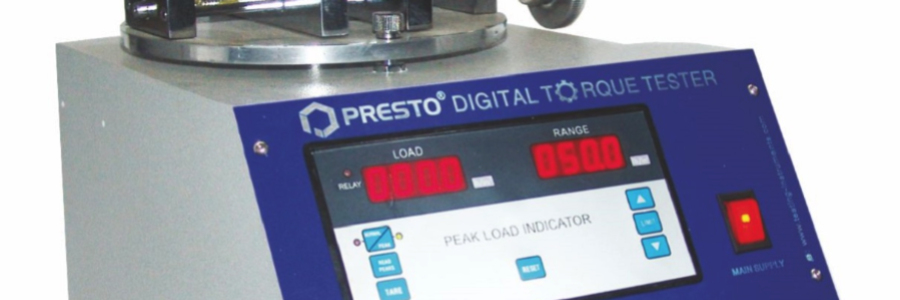

31-10-2020
Closures and caps of containers and bottles must be tight enough to maintain a seal and should resist working loose. At the same time, they must not be applied so tightly that the end user cannot conveniently remove them.
However, when it comes to specialized packaging such as Child Resistant Closures, the aim of the packaging is to design or construct a package which is significantly difficult for children under five years of age to open. This is specifically one because the contents of the package are toxic or harmful for children. At the same time, it is important that normal adults get access to the amount of substance contained therein within a reasonable time, without much difficulty.
As the product seller or manufacturer, you should perform your own child resistance packaging testing in order to ensure that you are incorporating the correct filling and capping procedures to establish a package that is compliant. As such, these processes should be done under proper laboratory conditions using a Torque Tester. The results prove that the capping and filling processes are compliant with federal regulations and ASTM Standards.
Measuring Torque or Rotational Force
In order to measure the rotational force required to either apply or remove a threaded screw-cap, stopper or lid on a container, manufacturers can measure the application torque of closures. This value is best controlled and monitored at the point of production, in order for the closures to perform properly during their life-cycle.
Two Stages of Measurement
If the closure incorporates a tamper-evident (TE) band or a security ring, or is a Child Resistant Closure (CRC) then this process of torque measurement is basically divided into two stages:
1. Measuring the Initial Torque- This involves measuring the initial torque to start the closure moving plus the 'bridge torque' required to break the TE band.
In the case of a child-resistant closure (CRC), one must measure the axial push force required to overcome the safety mechanism first. Subsequently, the removal torque is measured.
2. Measuring the Removal Torque – This involves measuring the torque required to remove or open the closure or cap.
Thus, the following types of torque need to be measured:
Why Choose Motorized Torque Tester?
To obtain accuracy and repeatability of results, it is recommended that child resistant closures should always be tested using a motorized torque tester, which operates at a constant speed. Although ‘Manual’ Torque Testers can be used, but they may exhibit variation operators test at different speeds.
Moreover, manual testing can cause distortion of the closure while gripping during the testing process. This distortion can dramatically influence the accuracy of the torque measurement particularly for thin-walled plastic closures.
Models of Torque Tester:
The use of a Digital or Analogue Torque Tester, specifically tailored to the dimension and profile of the CRC closure or cap, is highly recommended. Manufacturers could choose from any of the following models:
1. Digital Model -
https://www.prestogroup.com/products/torque-tester-digital/
2. Analogue Model-
https://www.prestogroup.com/products/torque-tester-analogue/
3. Digital Motorized Model-
https://www.prestogroup.com/products/digital-motorized-torque-tester-pluto-series/
4. Fully Automatic Digital with touch screen-
https://www.prestogroup.com/products/torque-tester-prima-hand-operated-model-no-ptt-0104-prima/
Hope you find the above information useful for ‘Testing of CRC or Child resistant Closures’.
For further assistance please visit www.prestogroup.com or call 0129-4272727 for details.
Related Blogs

Salt spray test checks corrosion resistance of materials using a salt spray chamber. Essential for quality control in coatings, metals, and finishes.

Hot Air Oven uses dry heat for sterilizing glassware and metal tools, while an Autoclave uses steam under pressure—ideal for liquids and medical items.

GSM of fabric (Grams per Square Meter) indicates fabric weight and thickness. Higher GSM means denser, heavier fabric; lower GSM means lighter, thinner fabric.